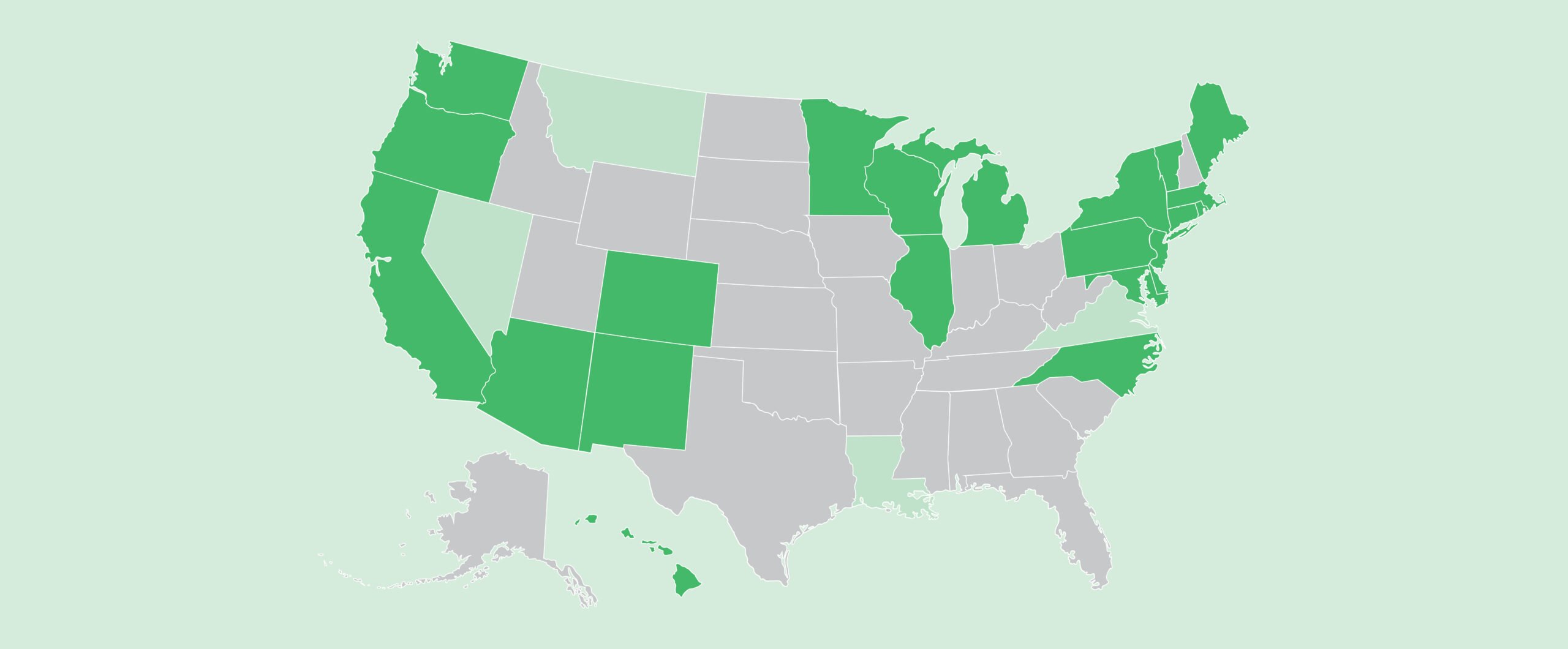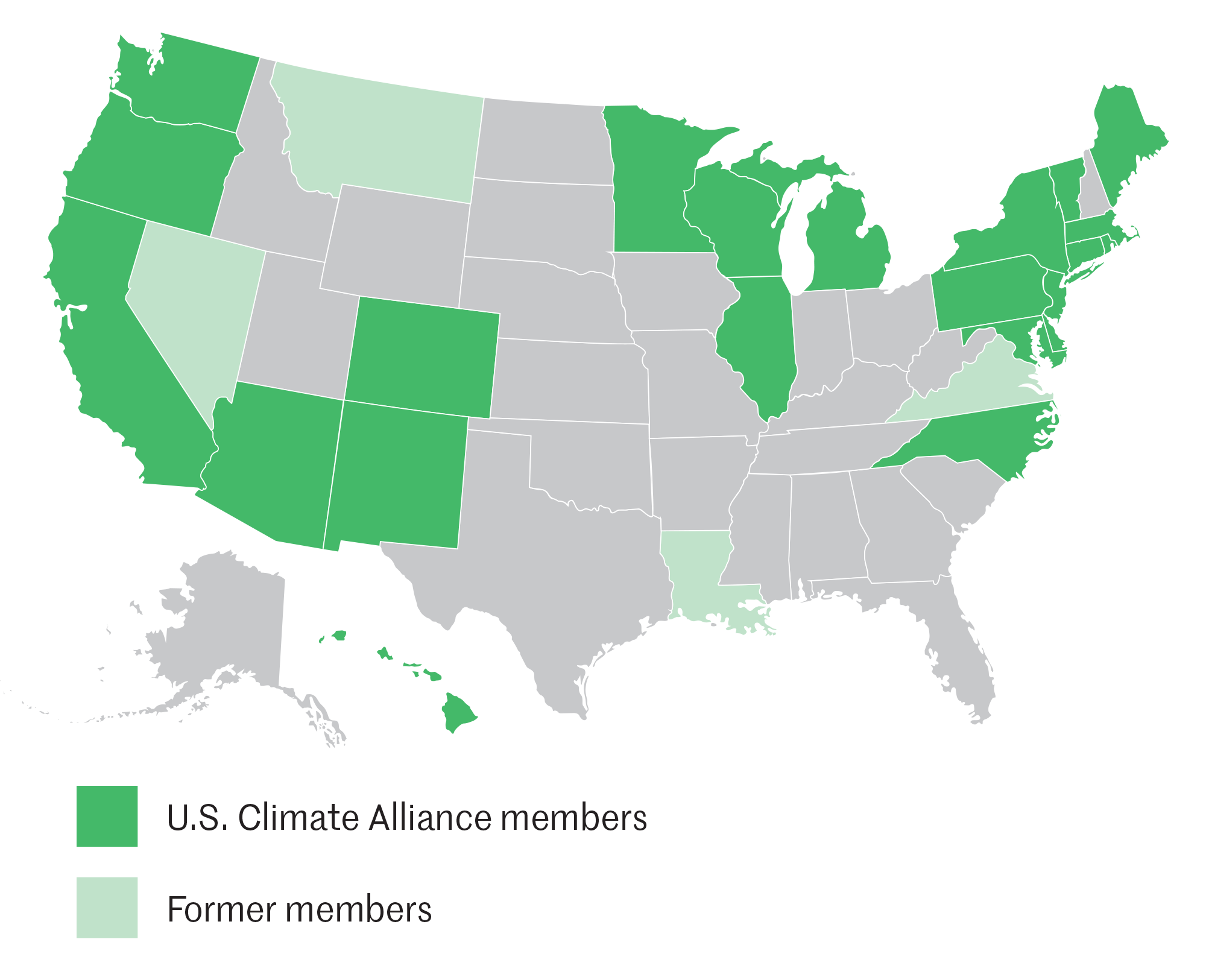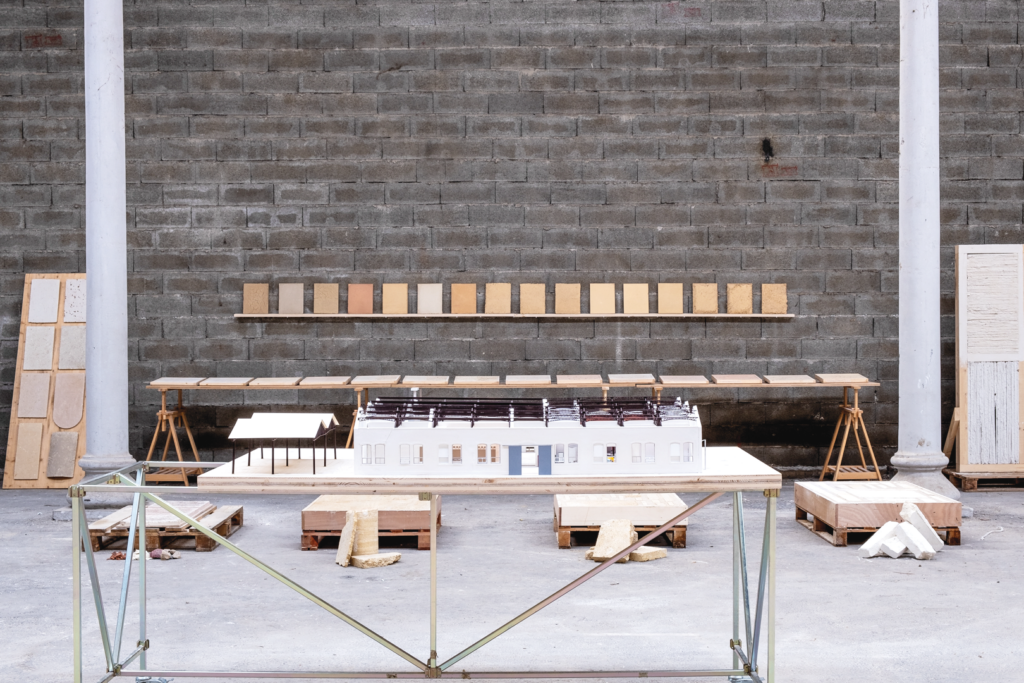
March 11, 2025
3 Sustainability News Updates for Q1 2025
01 Local Laws Abide
As federal support wanes, states and cities forge ahead.
The fate of federal support for environmentally friendly design and construction hangs in the balance at the time of writing, with the U.S. government’s Buy Clean initiative rescinded by the current administration. The disbursal of the $160 million awarded by the Environmental Protection Agency to develop environmental product declarations and create a label program for low-carbon construction materials also remains uncertain.
However, a host of policies adopted by states and cities across the country promise to keep the focus on energy efficient, low-carbon, healthy buildings in their jurisdictions. Recent and upcoming milestones include:
Boston’s Net Zero Carbon Rule
On January 29, Boston became the first city in the country to adopt Net Zero Carbon zoning. Any projects above a certain size that file for zoning after July 1, 2025, will have to comply with a net zero emissions standard. Additionally, certain projects will have to report on embodied carbon.
Washington’s Clean Buildings Performance Standard
Buildings in Washington state sized more than 220,000 square feet will have to start complying with this standard for energy efficiency beginning June 1, 2026, with other tiers of buildings given their own deadlines in upcoming years. Early adopters will receive an incentive of $0.85 per square foot to improve the performance of their buildings.

02 Material News
New resources for sustainable specification
Better material choices are the most powerful way for architects and designers to make a positive impact in the world, so it’s vitally important for peers to share resources and information that can inform and empower the entire industry.
- Gensler has released a draft of the second version of its Product Sustainability Standards (GPS), which will be implemented starting in June 2025. The first version of GPS, activated in January 2024, provided sustainable specification criteria for 12 product categories. The new version has added requirements and metrics for additional product types in the U.S market, including access flooring, broadloom carpet, hollow metal doors and frames, textiles, tile, and wallcoverings.
- Beginning in July 2025, Washington’s Buy Clean Buy Fair legislation requires all new state buildings over 100,000 square feet to collect EPDs and data on carbon emissions for certain construction materials. A team at the University of Washington and the Carbon Leadership Forum developed model specifications covering 19 product types to support the state in implementing this legislation. However, since the specifications could be useful as criteria for low-carbon materials across geographies and product types, the authors have released them as “Model Embodied Carbon Specifications” that design teams anywhere can adapt and use.
03 International Updates
Global cooperation to face looming threats
This January, the World Economic Forum released its 2025 Global Risks Report, representing insights from over 900 experts worldwide. Based on the Global Risks Perception Survey 2024–2025, the report analyzes perceived risks in the immediate, short-to-medium, and long terms.
Younger people identified extreme weather events as the most critical risk of the immediate future, while all stakeholder groups reported it as the top risk of the next decade. Pollution was seen as a more pressing short-term risk, while biodiversity loss and ecosystem collapse were perceived as a greater threat in the longer term.
The United Nations formalized its focus on the built environment as a key lever in combating climate change with the convening of the first Buildings and Climate Global Forum in March 2024. Then, at COP29, the UN Climate Summit held last November, the organization established the Intergovernmental Council for Buildings and Climate at a meeting of ministers, mayors, and other officials from around the world. The council is meant to align progress toward a more sustainable built environment, with broader global goals set by the United Nations to stave off the catastrophic outcomes of climate change.

Would you like to comment on this article? Send your thoughts to: [email protected]
Latest
Viewpoints
Sustainability News Updates for Q2 2025
Renewable energy growth, carbon benchmarking, and circular design strategies shaping the built environment.
Viewpoints
Meet the Changemakers Shaping Tomorrow’s Buildings
METROPOLIS’s 2025 Spring Issue spotlights designers and architects going the extra mile, redefining what it means to design for climate, community, and lasting impact.




